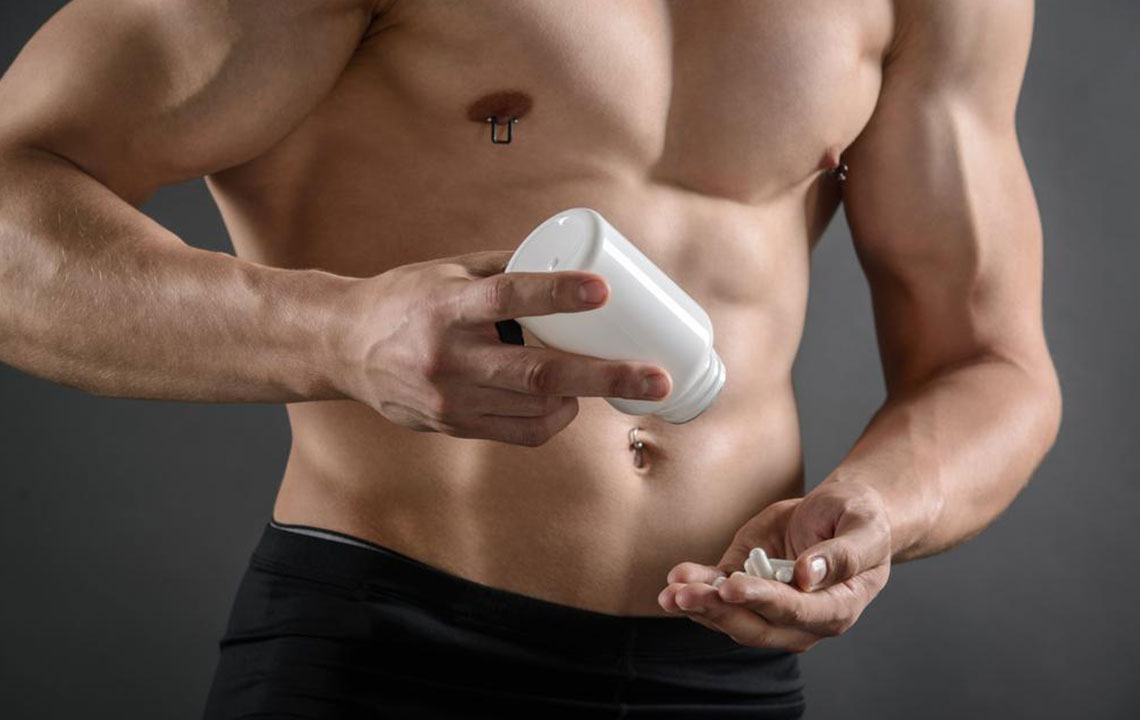Comprehensive Guide to Managing Prostate Enlargement in Men for Better Urinary Health
This comprehensive guide explores effective strategies for managing prostate enlargement in men, focusing on symptoms, causes, diagnostic methods, and a range of treatments from medications to surgical options. Early detection, lifestyle changes, and regular medical evaluations are emphasized to improve urinary health and prevent complications. This article provides valuable insights for men over 50 experiencing symptoms of benign prostatic hyperplasia, aiming to enhance their quality of life through informed decision-making.

Comprehensive Guide to Managing Prostate Enlargement in Men for Better Urinary Health
Prostate enlargement, medically known as benign prostatic hyperplasia (BPH), is a prevalent condition affecting aging men worldwide. Characterized by an increase in the size of the prostate gland, this condition often leads to urinary difficulties that can significantly impact quality of life. Men over the age of 50 should stay vigilant for early symptoms, as BPH becomes increasingly common with age. By the age of 60, more than half of men experience some degree of prostate enlargement, which progressively develops due to the slow proliferation of prostate cells. As this gland enlarges, it can exert pressure on the urethra, the tube that carries urine from the bladder outside the body, causing a range of uncomfortable and sometimes serious issues.
The prostate, a small walnut-shaped gland situated just below the bladder, plays a crucial role in male reproductive health. It produces seminal fluid that nourishes and transports sperm. Under normal circumstances, the prostate's size does not interfere with urination. However, as men age, hormonal changes can prompt the prostate to grow, leading to benign enlargement. This growth is a natural part of aging but can cause problems if it presses on the urethra, resulting in urinary symptoms that warrant medical attention.
Recognizing the Symptoms of Enlarged Prostate
Early detection of BPH is vital for effective management. Common symptoms include increased frequency of urination, especially during the night (nocturia), which disrupts sleep. Men may also notice a weakened or interrupted urine stream, straining to start urinating, a feeling of incomplete bladder emptying, or a sensation of urgency needing immediate relief. These symptoms can gradually worsen if untreated, leading to complications such as urinary retention or infections. Recognizing these signs early can motivate timely consultation with healthcare professionals, improving treatment outcomes.
Causes and Risk Factors
The precise cause of prostate enlargement remains under study, but hormonal changes with age are believed to be a primary factor. Testosterone and dihydrotestosterone (DHT), male hormones involved in prostate growth, tend to fluctuate as men age, promoting tissue proliferation. Other risk factors include genetics, obesity, lack of physical activity, and lifestyle choices such as diet and smoking. Understanding these factors can help men adopt preventive measures and seek early intervention when necessary.
Diagnosis and Medical Evaluation
If you experience symptoms of prostate enlargement, a comprehensive medical evaluation is necessary. Healthcare providers may perform a digital rectal exam (DRE) to assess prostate size, order urine tests to check for infections or other issues, and conduct blood tests such as prostate-specific antigen (PSA) screening to rule out prostate cancer. Additional diagnostic procedures, including ultrasound or urodynamic studies, may be recommended to evaluate urinary flow and bladder function. Accurate diagnosis is essential to develop an effective treatment plan tailored to individual needs.
Modern Treatment Options for Prostate Enlargement
Managing BPH involves a spectrum of treatment options, ranging from lifestyle modifications and medications to minimally invasive procedures and surgical interventions. The choice of treatment depends on severity, patient health, and personal preferences.
Medications
Alpha-adrenergic blockers, such as tamsulosin and alfuzosin, are commonly prescribed to relax prostate and bladder neck muscles, improving urine flow. 5-alpha-reductase inhibitors like finasteride and dutasteride reduce prostate size by blocking hormonal pathways involved in prostate growth. These medications can effectively alleviate symptoms and slow disease progression, but they require consistent use and monitoring for side effects.
Minimally Invasive Procedures
For moderate to severe symptoms, minimally invasive procedures can offer relief. Treatments like Transurethral Microwave Therapy (TUMT) utilize heat to reduce prostate tissue, while Transurethral Needle Ablation (TUNA) employs radiofrequency energy for similar results. Transurethral Resection of the Prostate (TURP) is considered the gold standard surgical procedure, involving the removal of excess tissue via a scope inserted through the urethra. Laser-based treatments such as Holmium Laser Enucleation (HoLEP) or GreenLight laser therapy are effective options that minimize bleeding and recovery time.
Surgical Interventions
In cases where medication and minimally invasive procedures are inadequate, traditional surgery like prostatectomy may be performed. This involves the complete or partial removal of enlarged prostate tissue, usually through a less invasive approach now favored in modern urology. Surgical options are most appropriate for patients with very large prostates or complications like recurrent urinary retention.
Complementary and Herbal Treatments
Some men explore herbal remedies and natural supplements, such as saw palmetto, beta-sitosterol, or pygeum, which have shown potential in managing mild symptoms. However, these should be used cautiously and under medical supervision, as scientific evidence varies regarding their efficacy and safety.
Lifestyle Modifications and Preventive Measures
Beyond medical treatments, lifestyle changes can significantly improve urinary health. Maintaining a healthy weight through diet and exercise can reduce prostate enlargement risk. Limiting caffeine and alcohol intake can decrease urinary frequency and urgency. Regular pelvic floor exercises help strengthen bladder muscles and improve control. Staying well-hydrated and voiding at regular intervals also support optimal bladder function. Early intervention combined with healthy habits can delay or diminish symptoms, improving overall quality of life.
Importance of Routine Monitoring and Follow-up
Men diagnosed with BPH should maintain ongoing medical evaluations to monitor prostate size and urinary function. Adjustments in treatment or additional interventions may be necessary over time. Recognizing early signs of complications, such as blood in urine, fever, or persistent urinary retention, is vital for prompt medical attention.
Conclusion: Proactive Management for Better Urinary Health
Enlarged prostate or benign prostatic hyperplasia is a common condition that can significantly impact men's health and daily comfort. Early diagnosis, a combination of medical treatments, lifestyle adjustments, and regular monitoring can effectively manage symptoms and prevent complications. Men should consult healthcare professionals for personalized treatment plans and adopt healthy habits to maintain urinary health as they age. Taking proactive steps ensures a better quality of life and preserves vital urinary functions for years to come.





